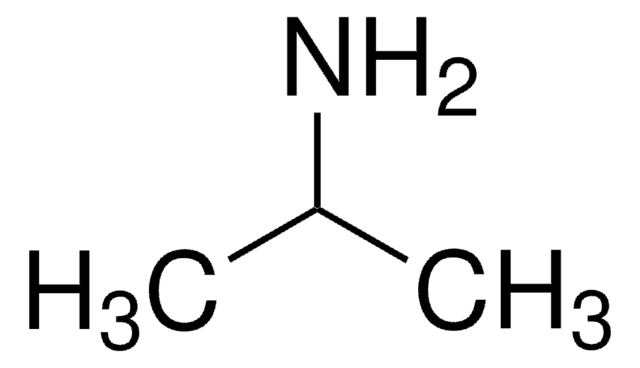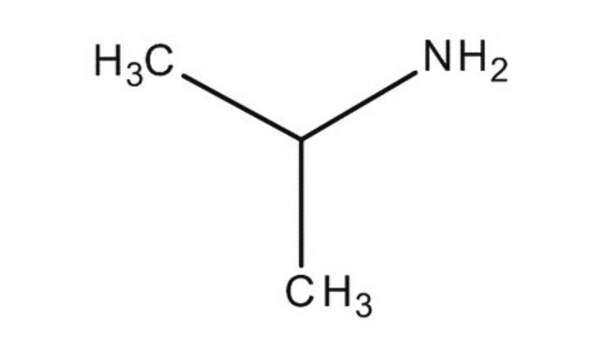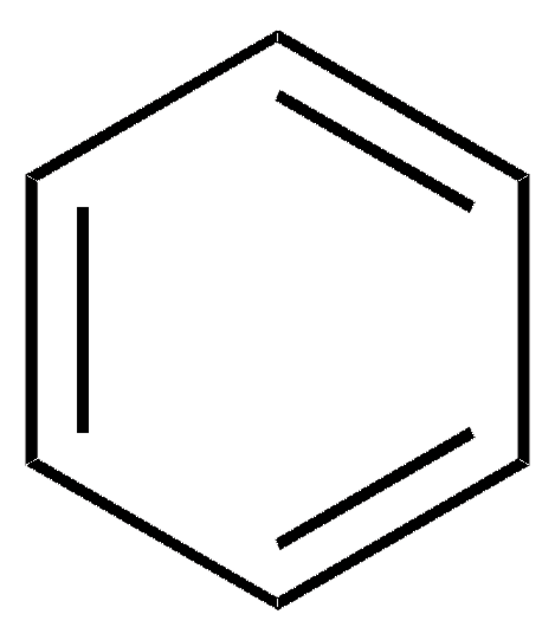Kluczowe dokumenty
45945
Isopropylamine
anhydrous, analytical standard
Synonim(y):
2-Aminopropane
About This Item
Polecane produkty
klasa czystości
analytical standard
gęstość pary
2.04 (vs air)
ciśnienie pary
9.2 psi ( 20 °C)
temp. samozapłonu
755 °F
jakość
anhydrous
okres trwałości
limited shelf life, expiry date on the label
granice wybuchowości
10.4 %
metody
HPLC: suitable
gas chromatography (GC): suitable
współczynnik refrakcji
n20/D 1.374 (lit.)
bp
33-34 °C (lit.)
gęstość
0.688 g/mL at 20 °C (lit.)
Zastosowanie
cleaning products
cosmetics
environmental
flavors and fragrances
food and beverages
personal care
Format
neat
temp. przechowywania
2-8°C
ciąg SMILES
CC(C)N
InChI
1S/C3H9N/c1-3(2)4/h3H,4H2,1-2H3
Klucz InChI
JJWLVOIRVHMVIS-UHFFFAOYSA-N
Szukasz podobnych produktów? Odwiedź Przewodnik dotyczący porównywania produktów
Zastosowanie
Polecane produkty
Hasło ostrzegawcze
Danger
Zwroty wskazujące rodzaj zagrożenia
Zwroty wskazujące środki ostrożności
Klasyfikacja zagrożeń
Acute Tox. 3 Dermal - Acute Tox. 3 Inhalation - Acute Tox. 3 Oral - Flam. Liq. 1 - Skin Corr. 1A - STOT SE 3
Organy docelowe
Respiratory system
Kod klasy składowania
3 - Flammable liquids
Klasa zagrożenia wodnego (WGK)
WGK 1
Temperatura zapłonu (°F)
<-13.0 °F - closed cup
Temperatura zapłonu (°C)
<= -25 °C - closed cup
Środki ochrony indywidualnej
Faceshields, Gloves, Goggles
Wybierz jedną z najnowszych wersji:
Masz już ten produkt?
Dokumenty związane z niedawno zakupionymi produktami zostały zamieszczone w Bibliotece dokumentów.
Nasz zespół naukowców ma doświadczenie we wszystkich obszarach badań, w tym w naukach przyrodniczych, materiałoznawstwie, syntezie chemicznej, chromatografii, analityce i wielu innych dziedzinach.
Skontaktuj się z zespołem ds. pomocy technicznej









